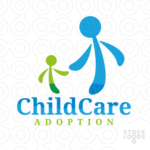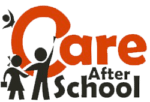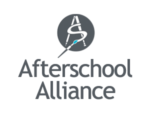Research
- General Research (47)
- High School Research (11)
An investigation of the different types of child care arrangements, including unsupervised ‘self-care’ that has school-age children home alone after school without supervision or structured activities.
This NCES report from the National Household Education Surveys Program presents data on participation in after school activities and programs in the United States. The data are from the After-School Programs and Activities Survey (ASPA) of the 2005 National Household Education Surveys Program.
Not only do arts activities help draw students to after school programs, but, as this brief explains, after school programs with an arts component can be used as an outlet for self expression, a means to uniting community partners, and a tool for academic and skills development.
Each year, the Federal Interagency Forum on Child and Family Statistics has published a report on the well-being of children and families. The Forum alternates publishing a detailed report, America’s Children: Key National Indicators of Well-Being, with a summary version that highlights selected indicators.
This study looks at the factors contributing to PCAST (Parental Concern about After-School Time) and the consequences for both parents and employers.
This brief explores the various ways afterschool programs create linkages between school and home for students and parents. It is one in a series of Issue Briefs sponsored by the MetLife Foundation that addresses the benefits afterschool programs provide to children, families and communities.
Tony Proscio and Basil J. Whiting (October 2004)
In the last decade, initiatives to create, expand, and improve afterschool services for young people have become more typical in large cities across the United States. However, the field is still nascent and tremendous challenges remain. Co-authors Proscio and Whiting provide in-depth studies of four cities—Chicago, Los Angeles, New York, and San Diego—who have, over time, developed highly effective afterschool support organizations. While each city’s story is set in a unique political and social landscape, there are common elements in their profiles that the Project believes are fundamental to their successes to-date.
This study from The National Center for Education Statistics within the Institute of Education Sciences provides a national profile of various types of formal after-school programs physically located at public elementary schools in 2008. These programs included stand-alone programs that focus primarily on a single type of service (e.g., only day care) and broad-based programs that provide a combination of services such as academic enrichment and cultural activities.
With support from MetLife Foundation, the Afterschool Alliance has published “Afterschool Innovations in Brief”, a compilation of four issue briefs examining critical issues facing children, schools and communities, and the vital role after-school programs play in addressing these issues. (May 2008)
This report summarizes a national meeting that was organized to discuss ways in which out-of-school time can be used to better prepare youth for an increasingly global economy.
Students with special needs may not always receive the resources they need to reach their full potential during the school day, but after school programs can offer additional activities more tailored to the individual needs of children. This brief examines the valuable role after school programs can play in the life of a child with special needs.
Respectfulness, positive behavior, self-confidence, and an interest in school are just a few traits kids can develop through participation in after school programs. Check out this issue brief to learn more about ways after school can help build character.










